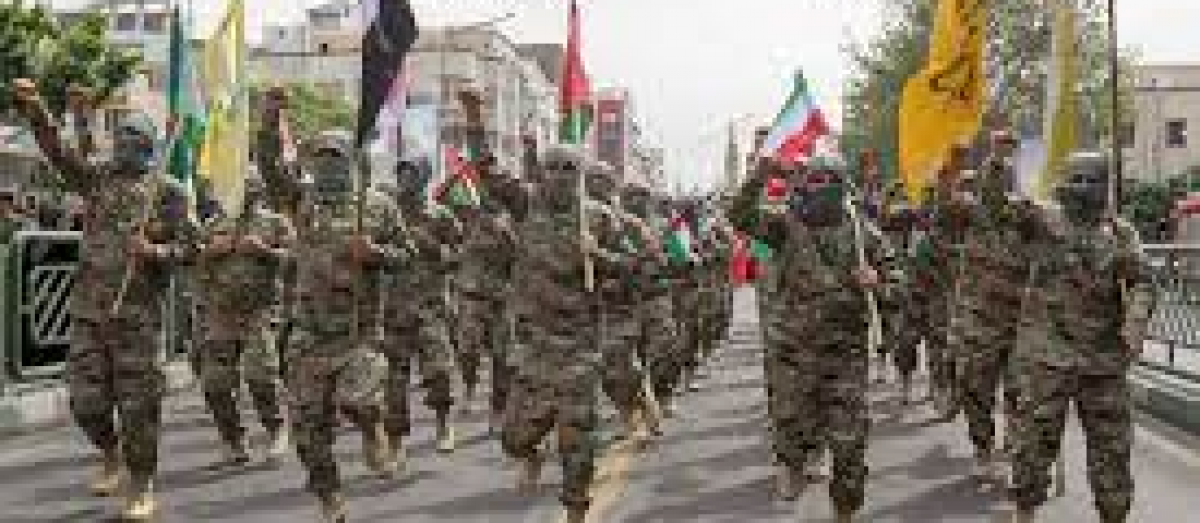Introduction:
To comprehend the historical evolution of the Israeli-Palestinian conflict, we embark on a 2,000-year journey, beginning with the time of Christ. As we explore the shifting sands of power, cultural exchanges, and religious dynamics in the region, it is crucial to first understand the diverse demographic makeup of Palestine during this period.
Population of Palestine in the Time of Christ:
Ethnic and Religious Diversity:
At the time of Christ, the population of Palestine was characterized by its ethnic and religious diversity. The majority of the population identified as Semitic Arabs, comprising both Jews and non-Jews. Religious communities included Jews, Christians, and later, Muslims, each contributing to the rich tapestry of the region.
Languages Spoken:
Linguistically, Aramaic and Hebrew were prevalent among the Jewish population, while Greek was widely spoken due to the influence of the Roman Empire. As Islam emerged in the 7th century, Arabic became a significant language, shaping the linguistic landscape for centuries to come.
Majority Population:
The majority population in ancient Palestine during this era consisted of Semitic Arab Jews. Jewish communities were dispersed across various regions, including Jerusalem, Galilee, and Judea, contributing to the cultural and religious mosaic of the area.
The Roman Period (1st – 4th Century AD):
Under Roman rule, the region experienced a shift in power dynamics. The Jewish-Roman Wars resulted in the dispersion of Jewish communities and the decline of the Jewish population in Palestine. The Romans brought about a wave of settlers, including Greeks and Romans, altering the demographic composition.
The Islamic Conquest (7th Century AD):
In the 7th century, the Islamic Caliphate, led by Arab armies, conquered the region. Arab-Muslim rule brought about a new cultural and religious era, influencing the demographic landscape. Jerusalem became a focal point, with the Arab-Muslim population shaping the region’s identity.
Crusades and Mamluk Rule (11th – 15th Century):
During the Crusades, Jerusalem saw intermittent Christian control, but Mamluk rule reestablished Muslim dominance. This period witnessed a blending of ethnic and religious influences, contributing to the multicultural fabric of the region.
Ottoman Empire (16th Century – Early 20th Century):
Under Ottoman rule, the demographic composition remained diverse, with Arabs, Muslims, Christians, and Jews coexisting. The majority remained Arab, emphasizing the continuity of the Semitic Arab population. The Ottomans fostered a multicultural society that endured for centuries.
The Rise of Zionism and British Mandate (20th Century):
By the late 19th century, the Zionist movement gained traction, and Jewish immigration increased. The League of Nations granted Britain the mandate to govern Palestine, leading to escalating tensions between Jewish and Arab communities and setting the stage for the establishment of the State of Israel in 1948.
Conclusion:
Tracing the roots of the Israeli-Palestinian conflict through 2,000 years reveals a tapestry woven with the threads of diverse cultures, religions, and empires. The demographic landscape, characterized by its ethnic and religious complexity, has played a crucial role in shaping the region’s history. Understanding this historical context lays the foundation for a nuanced exploration of the Israeli-Palestinian conflict, a journey we will continue in subsequent articles, delving into the post-Ottoman era and the geopolitical shifts that define the modern struggle.



